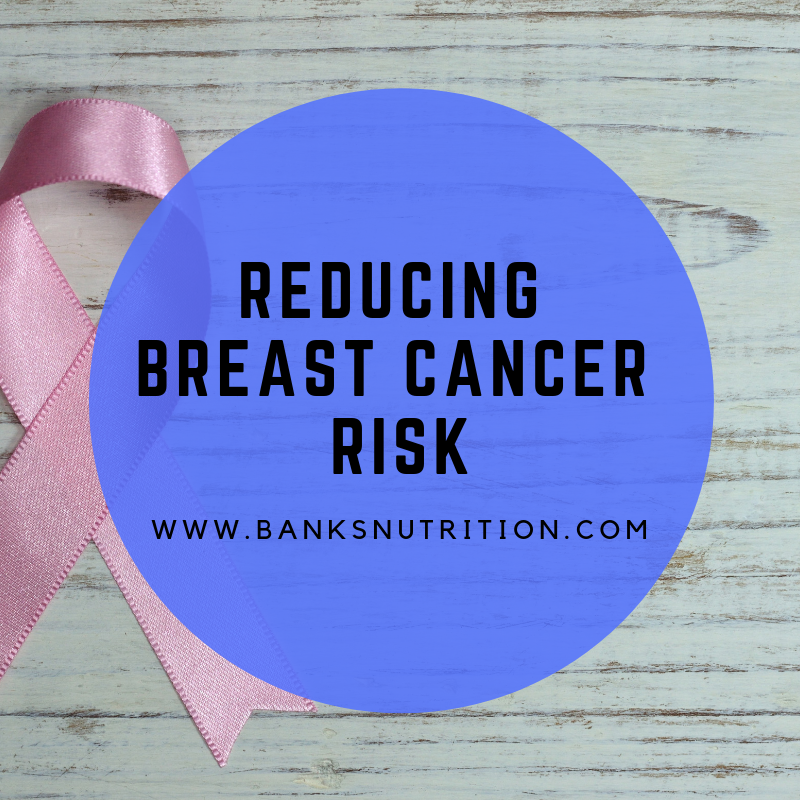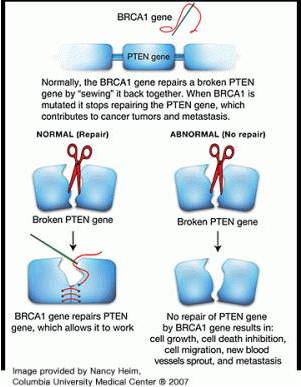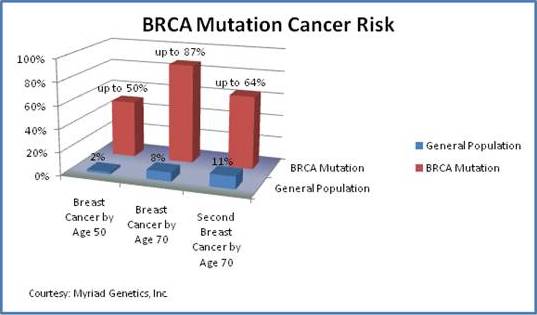
Reducing Breast Cancer Risk
-
Increased risk of breast cancer due to a gene variation called BRCA1 mutation or variant
-
Controlling risk in BRCA1 gene variant carriers
-
Even in those with a genetic risk factor, there is a lot that can be done to greatly reduce the true risk.
Some women have an increased risk of breast cancer because they have a gene variation called BRCA1 mutation or variant. This gene is called a “caretaker gene” which is responsible for looking at the DNA inside cells that are dividing and repairing any damage. The BRCA1 mutation or variant impairs the ability of this caretaker increasing the likelihood that a cell with damaged DNA will survive. This is a mechanism of the production of cancer cells.
Men are not without concern here as they also have the same gene and can have the BRCA1 variant which increases their risk of prostate cancer. In women the risk of ovarian and fallopian tube cancers is also increased.
The degree of risk imparted by the BRCA1 gene variation is significant with 60-80% of women having it developing breast cancer by age 90 years.
While the increased cancer risks with the BRCA1 gene variation are significant, it must be remembered that 40% who have it and live to be a ripe old age will not develop the disease. The reasons likely are the result of a more favorable combination of factors in the 40% who do not get cancer. These reasons relate to primarily environmental differences, or differences that are largely within the individual’s control.
Two important studies have shed light on controlling risk in BRCA1 gene variant carriers. The first looked at the ability of supplemental selenium to reduce the number of chromosome breaks (indicator of DNA damage) in carriers of the BRCA1 gene variant. Non-carriers of the gene variant showed an average of 0.39 chromosome breaks per cell. Those with the BRCA1 variant had a 49% increase in chromosome breaks consistent with impaired ability to repair those breaks.
Another approach to the problem is perhaps maximizing the systems that prevent the chromosome breaks in the first place. An important one is an enzyme that prevents oxidative damage to DNA, glutathione. Glutathione requires the mineral selenium for its generation as well as B vitamins and Vitamin C. The above study then gave the BRCA1 gene variant patients 3 months of selenium supplementation. At the end of the 3-month period their chromosome breaks had reduced to the same number as the control group without the BRCA1 gene mutation.
The second study concerning reducing cancer risk in BRCA1 gene mutation carriers with a phytonutrient, daidzein, which is rich in soy and other legumes. The study looked at the ability of a product of daidzein to help the genes with the BRCA1 mutation function more normally repairing DNA damage better. The result was an important increase in BRCA1 function in repairing DNA in the tested cell types.
There was one little “catch” in the study. They used a metabolite of diadzein in the study, equol. Equol is produced in the digestive tract by the metabolism of diadzein by the healthy gut bacteria. The catch is then that it takes a population of healthy gut bacteria to metabolize daidzein to equol to get the protective effect. Unfortunately many people do not have a healthy population of the desired bacteria in the digestive tract from a variety of factors including antibiotic use, antibiotic pass-through from commercial meat and dairy, the use of stomach acid suppressing drugs and more.
The morals of this story seem to be:
-
That we are not doomed to be diseased by our genetics. Even in those with a genetic risk factor, there is a lot that can be done to greatly reduce the true risk.
-
Everything connects to everything else. We first have to consumer the healthier foods (legumes, etc.), but then we have to properly digest them and have a healthy digestive tract, as much of what helps is converted from foods by the healthy GI tract bacteria.
Health exams should be about how each body system is functioning compared to normal and ideal. Disease exams (colonoscopies, prostate biopsies, mammograms) are just that; they see if the disease has already begun. While important, earlier proactive steps are just as important.


